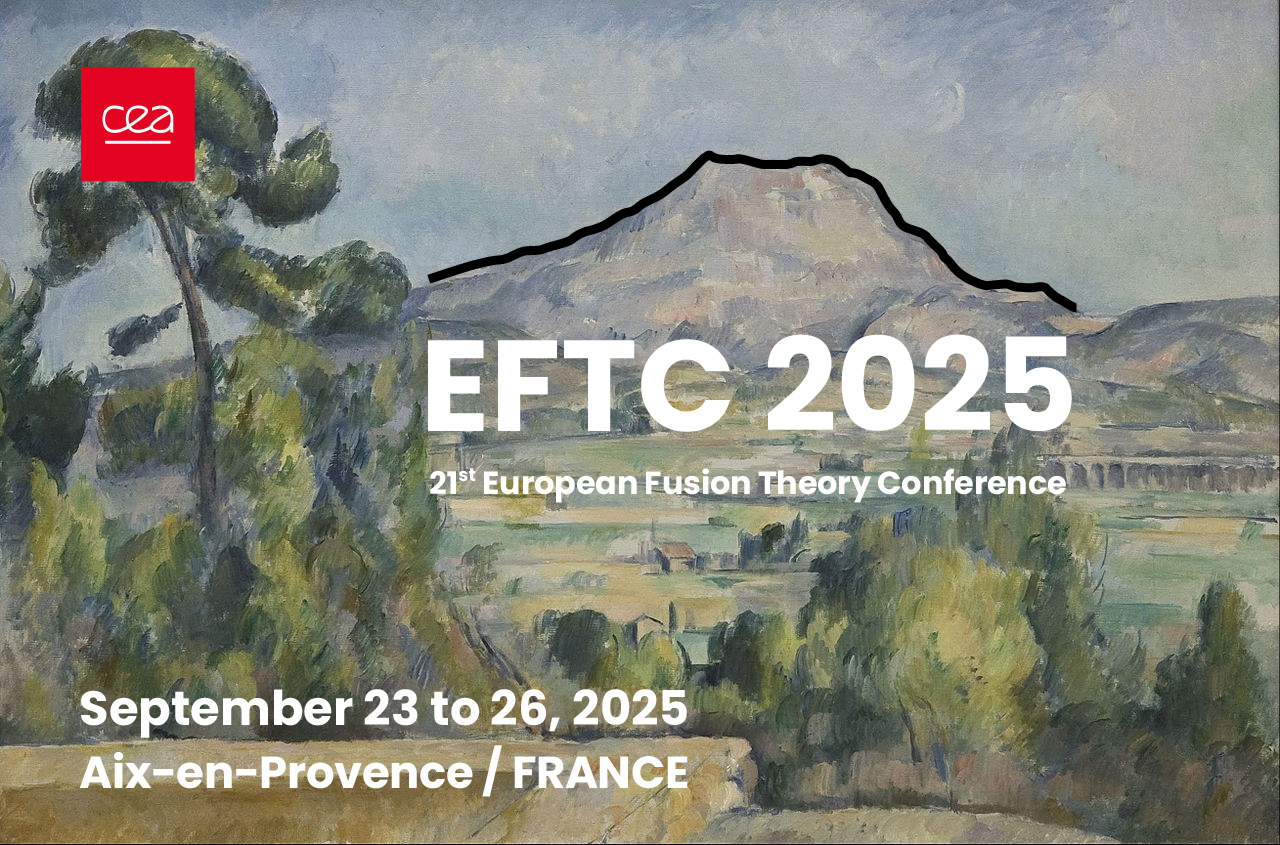Speaker
Description
High confinement mode operation of tokamaks is inevitably linked to edge localized mode (ELM) instabilities. Larger tokamaks like ITER will be severely threatened by their occurrence as they are associated with large transient heat loads that exceed material limits. Applying 3D resonant magnetic perturbations (RMP) is a possible means to suppress ELMs. However, so far RMP ELM suppression was only reliably achieved in plasmas with deuterium as the main ion species. Experiments in ASDEX Upgrade showed the loss of ELM suppression if the main ion mix contains a significant fraction of helium [1] or hydrogen [2]. This observation begs the question if RMP ELM suppression is reliably achievable in deuterium-tritium plasmas of future tokamak reactors. Therefore, we aim to improve our understanding of the plasma response to the field perturbations.
The plasma response to RMPs encompasses an electron-dominated parallel current density narrowly localized at perturbation-mode-specific resonant surfaces while the "outer" solution is supposed to be well described by ideal MHD. However, a toroidal MHD-kinetic hybrid model [3], shows that there is an interface layer between the resonant, electron-dominated layer and the outer ideal MHD region. The interface layer is governed by ion effects and impacts RMP-plasma interaction, in particular, via quasilinear effects. Thus, this layer is a contender for explaining ion-related effects on the plasma response. To fully resolve the ion-governed layer, the respective Larmor radius effects have to be resolved appropriately which is not yet the case for the current kinetic part of the model [3] that is based on a finite Larmor radius expansion. Consequently, we report on the development of the linear non-local kinetic plasma response code KIM [4]. Properly accounting for the finite Larmor radius, this code aims at resolving the plasma response in the ion-dominated layer and the respective effects.
References
[1] W. Suttrop et al 2023, 49th EPS Conference on Plasma Physics, P4.062
[2] N. Leuthold et al 2024, Nucl. Fusion 64 026017
[3] P. Lainer et al 2025, in preparation
[4] M. Markl et al 2024, 50th EPS Conference on Plasma Physics, P2.066

